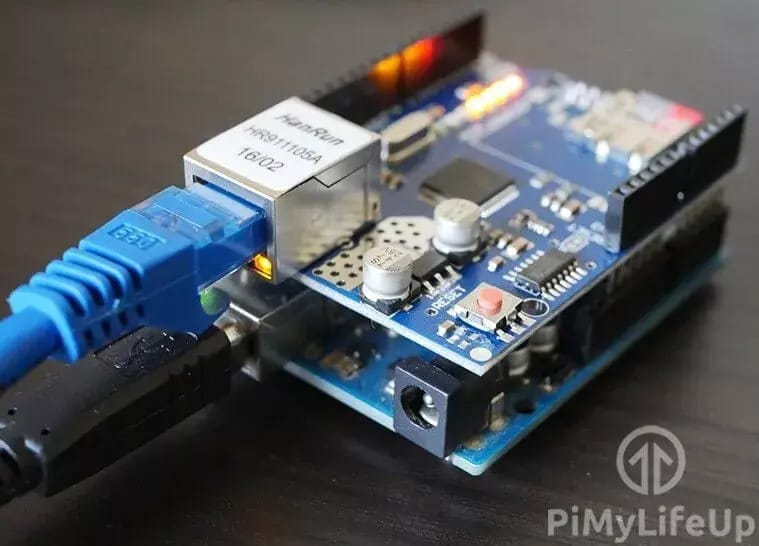- VoltJots | Electronics and IoT
- Posts
- VoltJots | Electronics and IoT
VoltJots | Electronics and IoT
Issue 51

Welcome to the latest edition of the VoltJots newsletter, linking you to the very best electronics and IoT news, products, and projects.
Hope you enjoy! Until next week,
VoltJots
NEWS & ARTICLES
A new type of solar cell has reached a record 34.58% efficiency, thanks to improved control over ultra-thin layers of molecules. This breakthrough could lead to cheaper and more powerful solar energy.
This implantable device sends glucagon wirelessly to diabetes patients, helping manage low blood sugar without manual injections, all while being about the size of a coin and made from 3D-printed materials.
Debugging today’s designs is tougher because of complicated circuits, dense layouts, and the lack of detailed documentation.
The Microchip ATECC608A is a crypto-authentication device that enhances security for IoT devices, with features like elliptic curve cryptography, SHA-256 authentication, secure boot, encrypted communication, and unique hardware IDs.
Prototypes like Alfred show how robots are evolving into general-purpose helpers—learning to understand and handle everyday chores without needing specific programming, even in messy, unpredictable homes.
Researchers at WPI have created a new battery recycling method that recovers over 92% of key metals from lithium-ion batteries. It also makes high-quality cathode material, uses 8.6% less energy, and cuts carbon emissions by 13.9%.
PROJECTS & TUTORIALS
This standalone hardware password manager uses a ring-oscillator TRNG for entropy, encrypts passwords on-device, stores ciphertext in external EEPROM, and streams it via UART to a PC script for easy autofill, ensuring portability and security.
Create stunning animations on a 24 pixel LED ring using the Raspberry Pi Pico 2 for some eye-catching effects.
Learn to set up a simple Arduino web server, use Ajax for updates, and display data from connected devices with basic HTML knowledge.
Learn how to set up the GT-U16 RTK module with Arduino and parse raw NMEA data for easy access to position and signal strength info.
This project uses the PIC16F13145’s Configurable Logic Block to create a 2 MHz PWM waveform with 4-bit duty cycle resolution, all done in hardware without needing any CPU intervention after setup.
This project uses a TDS sensor, DS18B20 temperature sensor, and ESP32 WiFi module to measure TDS, electrical conductivity, and temperature, displaying the data on a 0.96″ OLED and allowing real-time monitoring on Arduino IoT Cloud.
PRODUCTS
This project packs a Raspberry Pi Zero W 2, Li-Po battery, custom controller PCB, and a 2.8" LCD into an Altoids tin, letting you emulate classic games like SNES and PS1 on the go.
These new sensors measure magnetic fields in three dimensions, offering high accuracy, low power consumption, and configurable options, with a wide temperature range and multiple measurement options.
Microchip’s Curiosity PIC64GX1000 Kit features a 64-bit RISC-V quad-core processor, 1GB DDR4 memory, and supports Linux, with various interfaces for expansion and debugging, making it ideal for intelligent edge compute applications.
The EPC91118 reference design packs power, sensing, and control into a small circular PCB, driving a three-phase BLDC inverter with up to 15 A RMS, perfect for humanoid robots and drones.
The RA4M1-Zero is a compact development board featuring a 48MHz ARM Cortex-M4 MCU, secure boot, FPU, CAN bus, and various interfaces.

Thanks for subscribing and reading. If, however, you are not a subscriber, and you would like to receive this newsletter in your inbox, then hit the subscribe button now — it’s free, and you can unsubscribe any time you like.







